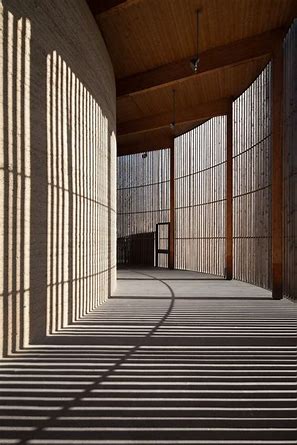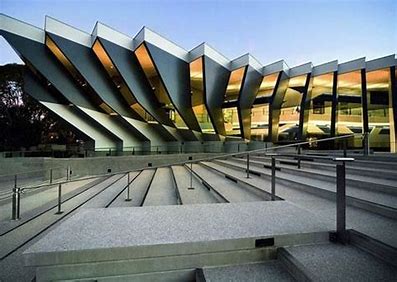If we refer architecture as a composition, we might centre our attention on the place, the space….
When talking about place we look at: contrast, camouflage, organicism and contextualism.
–Contrast because of the architecture dominating all the landscape site which has become a trend in the latest years.
–Camouflage as the result of an extreme integration, what is called mimesis
–Organicism because the capacity of the building itself to be part of the landscape as another living organism.
–Contextualism when then architecture and the place have a justifiable relationship, like the roman’s art natural museum.
Moving into the space topic we distinguish between classical, non-center, modern or contemporary.
–Classical used to be closed and compact with massive walls, as an example we have San Andrea al Quirinale
–Non-centre, like Japanese houses are formed by different aggrupation of tatami modulus that all together form the full house.
–Modern spaces break the idea of a compact space making no differentiations between interior and exterior, they use to use double height spaces. As an example, we have the Robie House of F.L. Wright
–Contemporary spaces allow imagination to appear with more freedom and continuous buildings like happens with the Oslo Opera House
Now moving to the form conception, there are lots of aspects to take in account such us the following ones
–Rhythm, which are sequences of shapes in the building that make the time composition
–Axis as a linear element that organices the composition around them, and distributes movement
–Movement considered as the irregularity of forms and the shape they had providing speed feelings
–Scale as the relationship between different sized parts of a composition
–Light and shadows showing us contrasts and depth but also giving the chance to understand better the landscape
–Symmetry, module, grid, movement and texture are some more (….)



